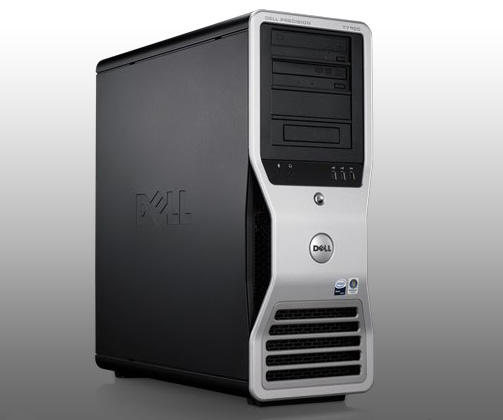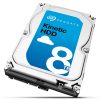 NVIDIA Corporation, inventor of the GPU, announced that the TeslaTM C1060 GPU Computing processor, based on the massively parallel CUDATM architecture, is now available in Dell Precision R5400, T5500 and T7500 workstations.
NVIDIA Corporation, inventor of the GPU, announced that the TeslaTM C1060 GPU Computing processor, based on the massively parallel CUDATM architecture, is now available in Dell Precision R5400, T5500 and T7500 workstations.
“The Dell Precision R5400, T7500 and T5500 together with the Tesla GPU computing processors is putting the power of supercomputing on the desktop,” said Greg Weir, senior manager, Dell Product Group. “We have seen early praise for the efforts of both Dell and NVIDIA to bring an economical high-performance computing solution to the most demanding customers.”

“National Instruments is developing the control system for the European Extremely Large Telescope project, which upon completion will be the world’s largest. To tackle this computational challenge, we developed a CUDA interface with LabVIEW to simulate and control the M1 mirror consisting of 984 individual segments,” said Jeff Meisel product manager for LabVIEW at National Instruments. “A Dell workstation equipped with a single Tesla C1060, can achieve near real-time control of the mirror simulation and controller, which before wouldn’t be possible in a single machine without the computational density offered by GPUs.”
Another community sure to benefit from the mass market availability of this technology is the computational researcher. Based in the world’s leading research schools such as Harvard, Cambridge or Tokyo Institute of Technology, these researchers fight for time on a shared supercomputing resource that consumes hundreds of kilowatts of power and costs millions of dollars to build and maintain. Dell Precision Workstations enabled with Tesla GPUs give each of these researchers their own “personal supercomputer” – the equivalent computing power of a cluster, at 1/100th of the price.
CUDA applications actively in use today by these researchers and organizations include:
Oil and gas
* Acceleware: Kirchoff Time Migration library
* ffA: 3D Seismic processing software
* Headwave: Prestack data processing
* Mercury Computer systems: 3D data visualization
* SeismicCity: 3D seismic imaging for prestack depth migration
* SMT: Kingdom – Seismic Processing
Computational Chemistry and Molecular Dynamics:
* GROMACS molecular dynamics
* HOOMD molecular dynamics
* NAMD molecular dynamics
* VMD visualization of molecular dynamics
Bio-Informatics and Life Sciences:
* GPU HMMER: CUDA version of HMMER
* LISSOM: Human neocortex modeling
* MUMmerGPU: High-throughput DNA sequencing
Financial Computing and Options Pricing:
* Aqumin: 3D Visualization of market data
* Exegy: Risk Analysis
* Hanweck: options pricing
* SciComp: derivatives pricing
Mathematical Computing
* Jacket CUDA plugin for MATLAB from Accelereyes
* LabVIEW from National Instruments
GeoSciences:
* Tsunami simulation – Tokyo Institute of Technology
* Weather Research and Forecast (WRF) model
* Geographical Information Systems – Manifold
Medical Imaging, CT, MRI:
* AxeRecon CT reconstruction library from Acceleware
* SnapCT tomographic reconstruction software from Digisens
Electrodynamics and Electromagnetics
* CST Microware Studio
* FDTD solver from Acceleware
Electronic Design Automation
* ADS SPICE simulator from Agilent EESof
* OmegaSim GX SPICE simulator from Nascentric
* Sentaraus TCAD from Synopsys
For more information on the Dell Precision Workstation line, visit www.dell.com. For more information on NVIDIA Tesla products, visit www.nvidia.com/object/tesla_computing_solutions and for more information on applications written for the CUDA architecture, visit www.nvidia.com/cuda.
Source: Nvidia
